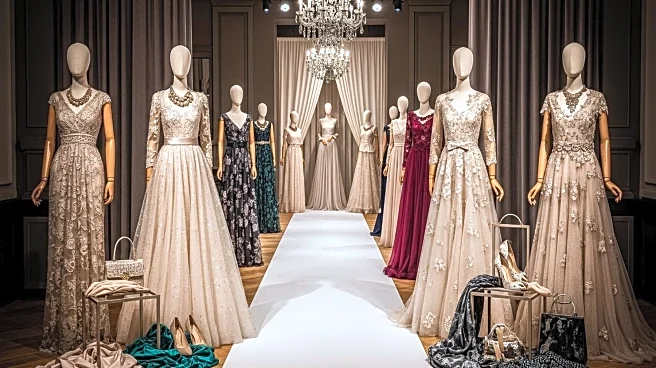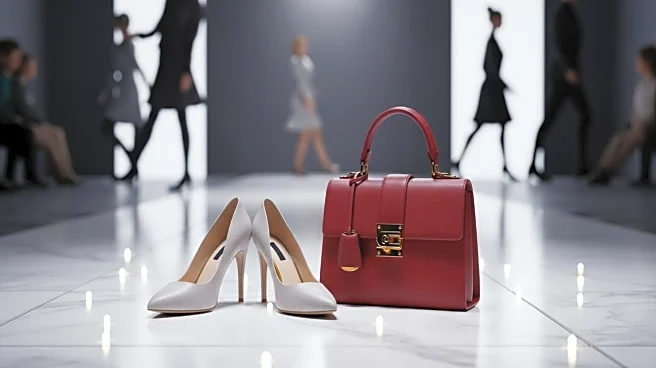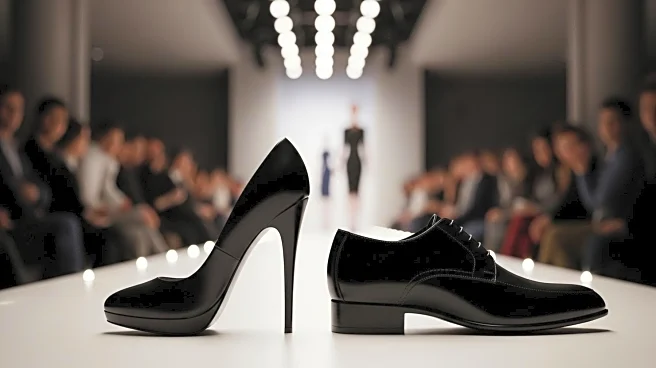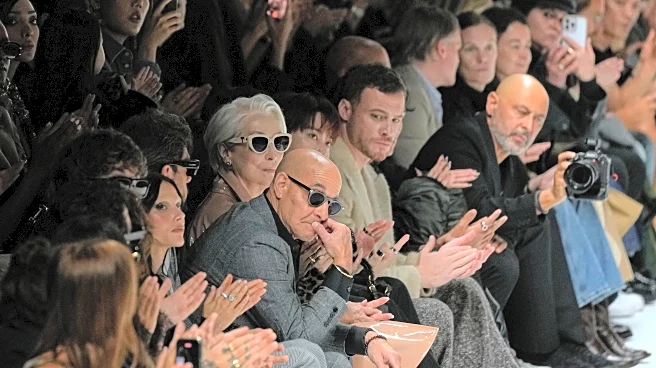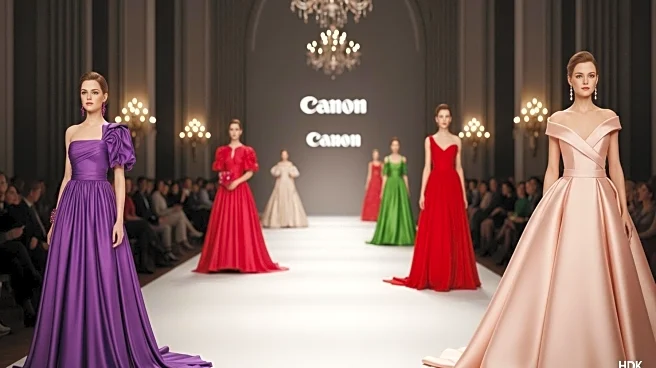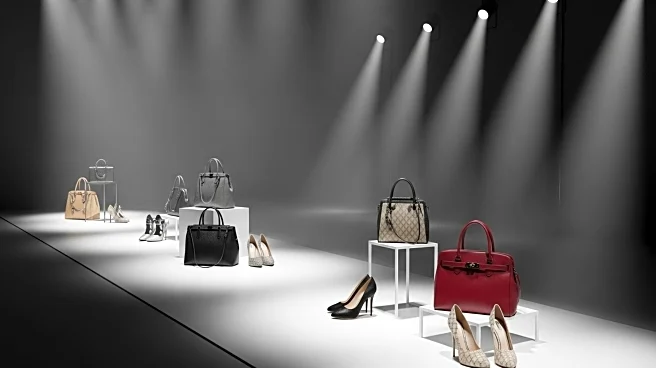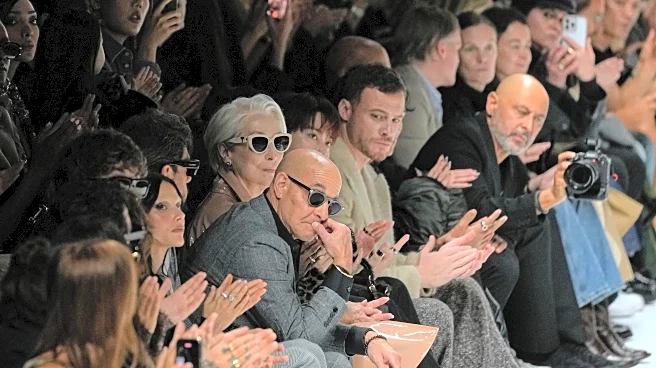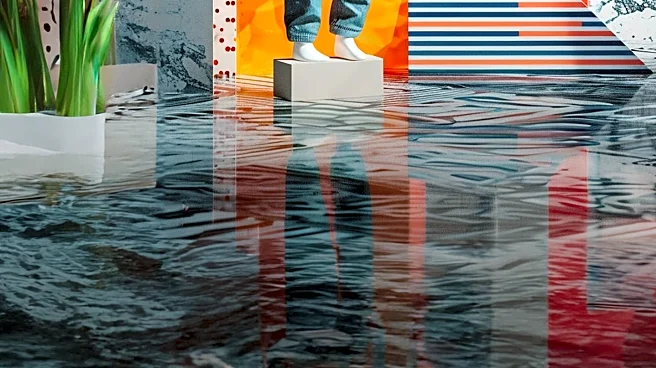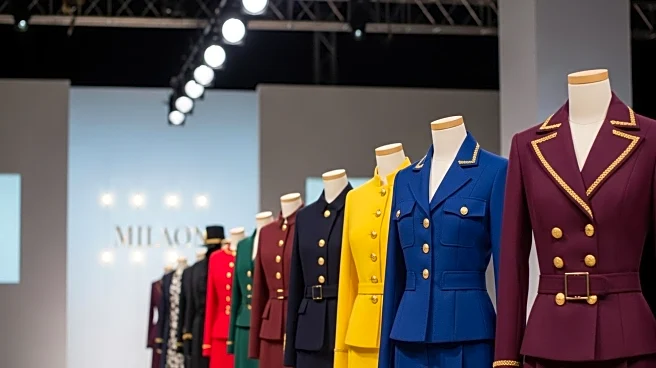What's Happening?
On September 27, 2025, a viral clip from Milan showcased Meryl Streep in her iconic role as Miranda Priestly, confirming that 'Devil Wears Prada 2' is incorporating real fashion-week events into its production. The filming took place at a Dolce & Gabbana show, as verified by the Associated Press and The Hollywood Reporter. This strategic move is part of a nostalgia-driven campaign for the sequel, which is set to release on May 1, 2026. The film will feature returning stars Anne Hathaway and Emily Blunt, and aims to leverage the authentic fashion-week setting to generate early global publicity and social media buzz.
Why It's Important?
The decision to film at a high-profile fashion event like Dolce & Gabbana's show is significant for its marketing implications. By integrating real-world fashion spectacles, the film gains free global advertising and media coverage, potentially reaching audiences beyond traditional moviegoers. This approach could enhance the film's appeal by blending cinematic storytelling with real-life glamour, thus attracting both fans of the original movie and fashion enthusiasts. The strategy also highlights a shift in how studios might use live events to boost a film's visibility and anticipation, especially for sequels relying on nostalgia.
What's Next?
As the film's release date approaches, the studio is likely to continue leveraging fashion events for promotional purposes. This could include additional appearances by the cast at fashion shows or collaborations with fashion brands for marketing tie-ins. The success of this strategy will be measured by the film's box office performance and its ability to resonate with both new audiences and fans of the original. The industry will be watching to see if this blend of real-world events and cinematic storytelling becomes a trend for future film promotions.
Beyond the Headlines
The use of real fashion events in film marketing raises questions about the authenticity and commercialization of cultural events. While it offers a fresh marketing angle, it also blurs the lines between entertainment and reality, potentially altering audience perceptions of both the film and the fashion industry. This approach could set a precedent for future films, where the integration of real-world events becomes a standard practice to enhance storytelling and marketing efforts.

